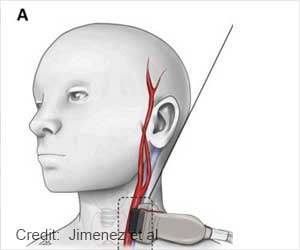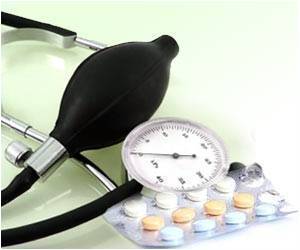As many as 50 percent of overweight men and women with high blood pressure may have hypertension as a result of being overweight
Hypertension secondary to body weight among 50% of obese men and women.
As many as 50 percent of overweight men and women with high blood pressure may have hypertension as a result of being overweight, researchers reported today at the American Heart Association’s 61st Annual Fall Conference of the Council for High Blood Pressure Research.“This is important because it means that in these patients with elevated blood pressure who were overweight, the blood pressure was not a form of essential hypertension but was hypertension secondary to body weight,” said Roberto Fogari, M.D., lead investigator of the study and professor of medicine at the University of Pavia, Italy.
“These findings apply to western societies in general, but only to overweight patients, not to obese patients, with high blood pressure,” Fogari said.
About one in three American adults has high blood pressure, which is defined as a systolic pressure of 140 mm Hg or higher or a diastolic pressure of 90 mm Hg or higher. High blood pressure increases the risk for heart disease and stroke, the number. 1 and 3 causes of death in the United States.
The study analyzed 210 overweight men and women whose systolic blood pressure was more than 140 mmHg, but less than 159 mm Hg, and whose diastolic blood pressure was more than 90 mm Hg, but less than 99 mm Hg. The study patients, who had never been treated for high blood pressure, were overweight with a body mass index (BMI) 25 to 29.9 kg/m2. An individualized reduced-calorie diet was designed for each patient and reflected their specific food preferences.
“The diet’s main aim was to reduce calories to reduce the weight of each patient,” Fogari said. About 50 percent of the patients also were treated with orlistat, a medication used with a low-calorie diet to help lose weight and maintain weight after losing pounds.
Advertisement
“We gave orlistat only when diet alone was not able to achieve the appropriate reduction in body weight,” Fogari said. The dosages of orlistat varied from 120 milligrams (mg) to 360 mg daily and were individualized.
Advertisement
After six months of dietary treatment, 49 percent of women and 53 percent of men achieved body weight reduction and normalization — more than 5 percent weight loss, researchers said.
The study also found a mean reduction in systolic and diastolic blood pressure of about 5 percent. Fogari emphasized the importance of initiating dietary advice and treatment in overweight patients with high blood pressure before beginning drug treatment.
“The first step is to help the overweight patient lose weight,” he said. “Only after six months of trying to reduce the patient’s weight can a decision be made about drug treatment.” In the ongoing study, patients were evaluated at baseline, and after six and 12 months of treatment.
Source-Eurekalert
LIN/C






